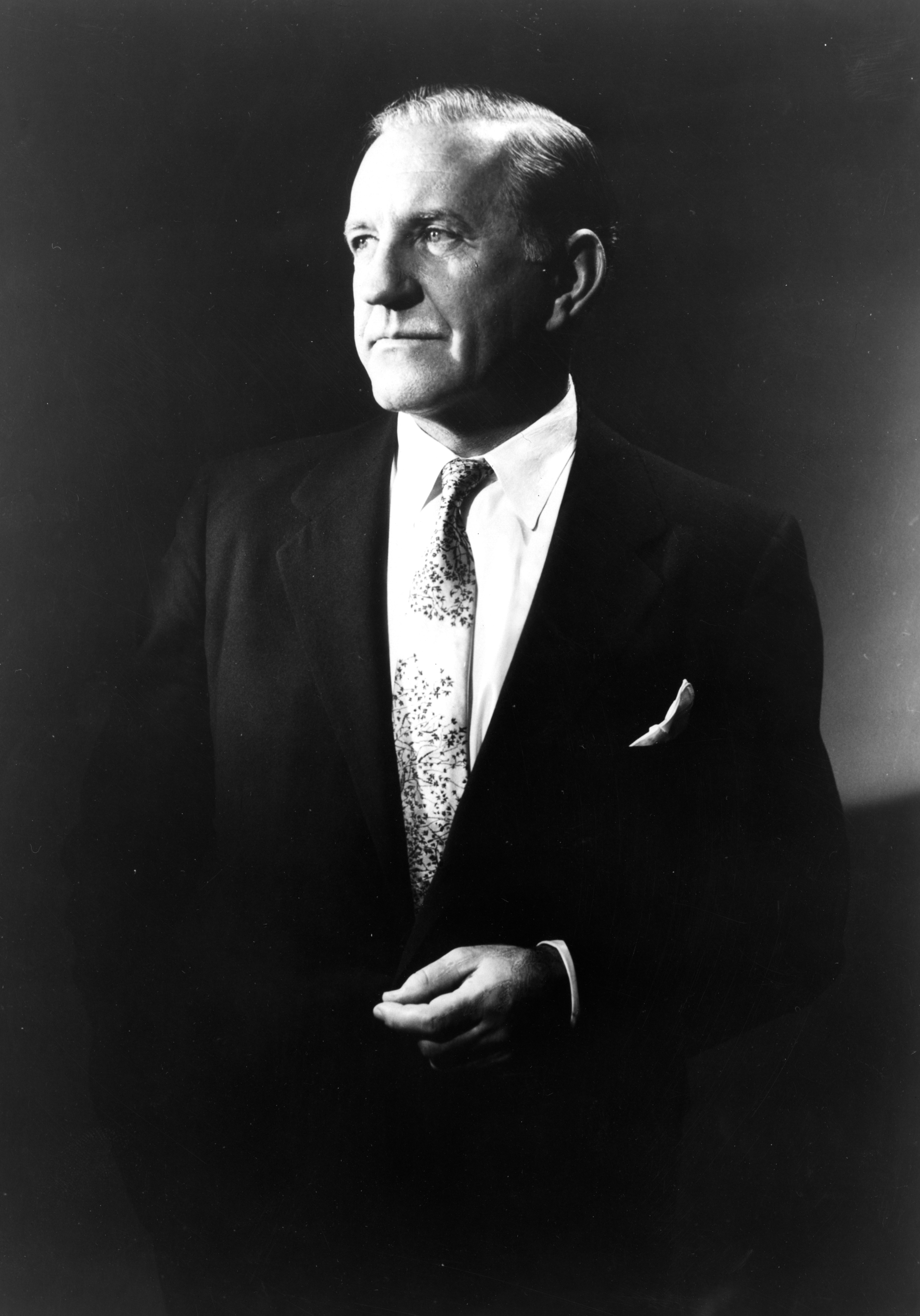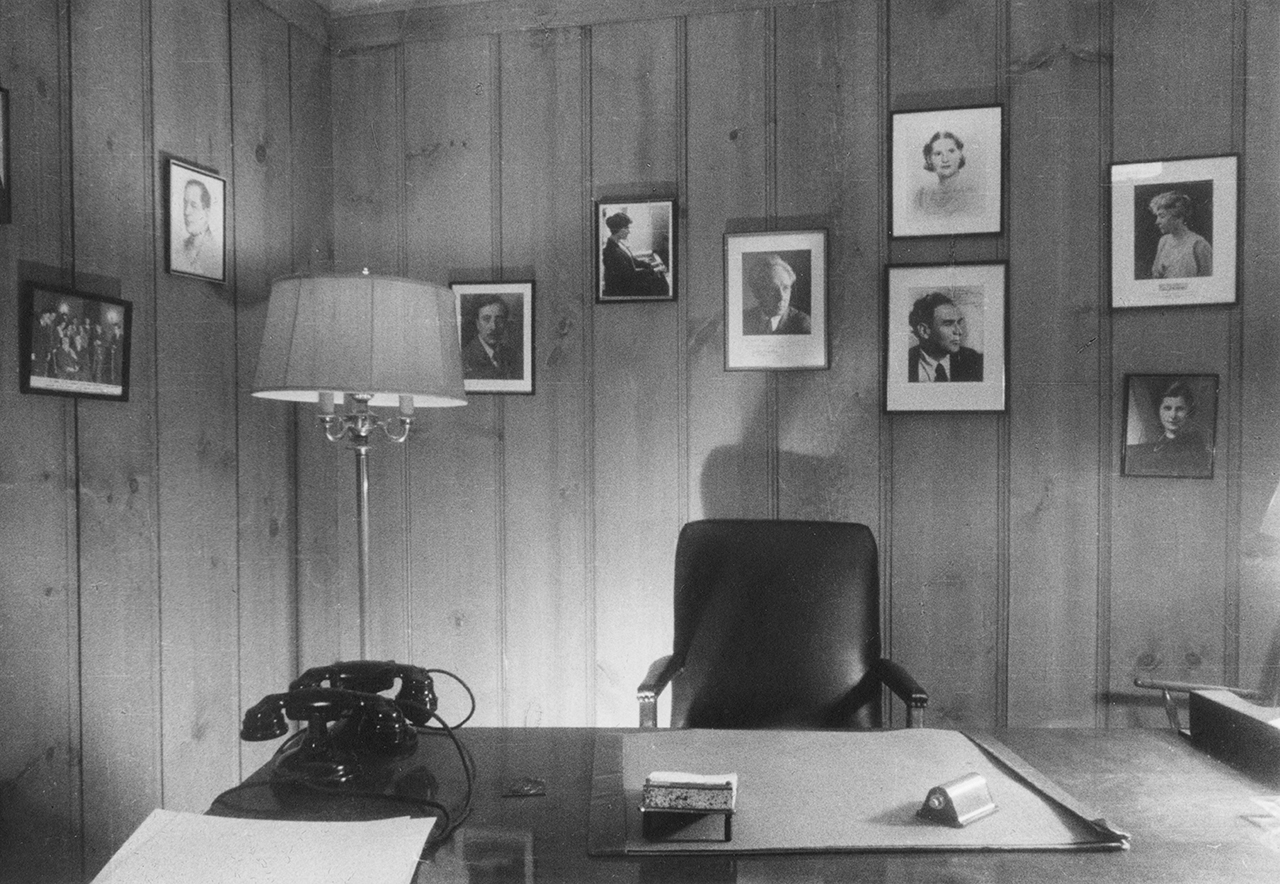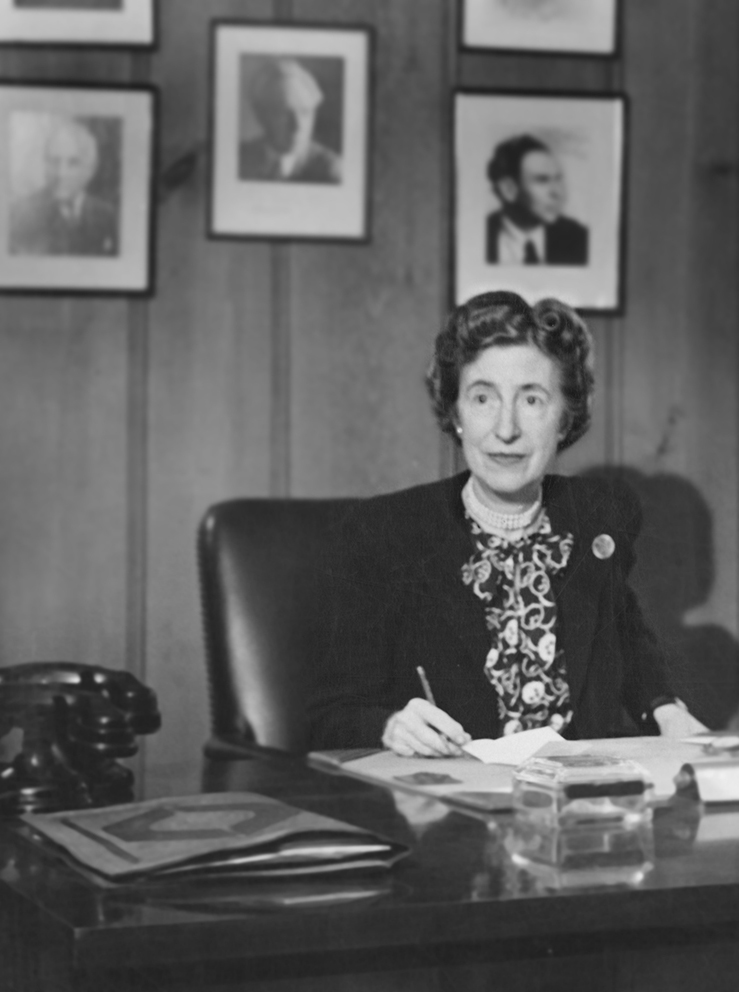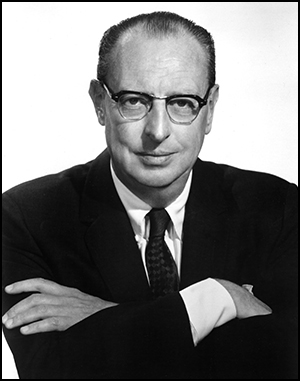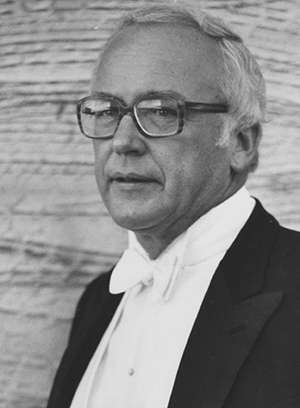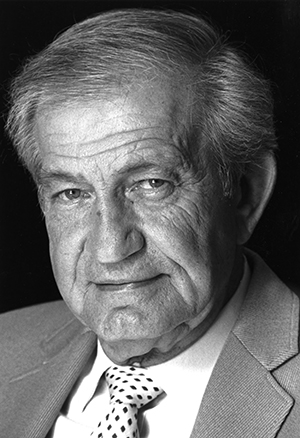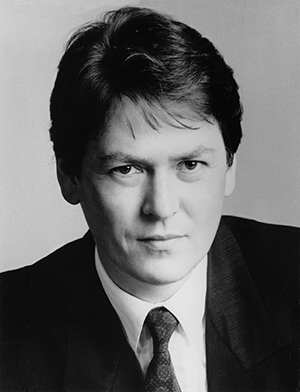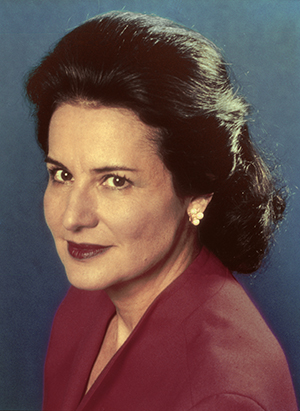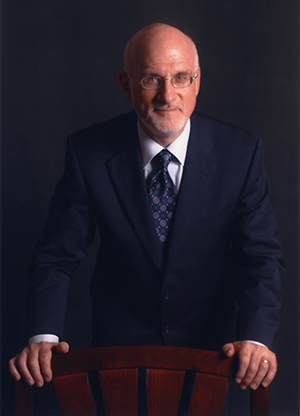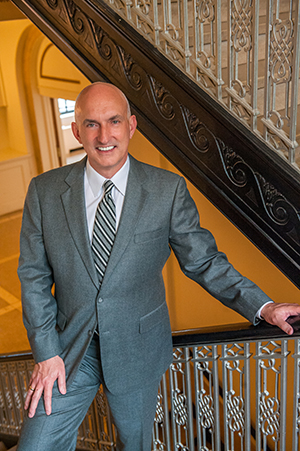John Donald Mackenzie Brownlee (January 7, 1900–January 10, 1969) was an operatic baritone, born in Australia. After serving in World War I, he studied accounting but pursued his interest in singing informally. He entered a singing contest and won, having never had a singing lesson. At a subsequent engagement, Nellie Melba heard him and convinced him to go to Paris for serious study. His operatic debut took place at Covent Garden on June 8, 1926, in a performance of Puccini’s La bohème, in which Dame Melba made her farewell appearance. That autumn he was engaged by the Paris Opera, the first time a British subject had been made a permanent member of that company. On February 17, 1937, he appeared for the first time at the Metropolitan Opera, in Verdi’s Rigoletto. Besides making important appearances elsewhere, Brownlee remained a regular at Covent Garden, the Paris Opera, and the Met, making his last performance there in March 1957. In total at the Met, he would appear in 33 roles, giving over 500 performances: 348 in New York and the remainder on tour with the Company in Philadelphia, Boston, Baltimore, and other cities. In addition, he often sang in operetta, oratorio, and musicals. He joined Manhattan School of Music’s voice faculty in 1953 and became head of the opera department. When Janet Schenck retired as director in 1956, the Trustees appointed Brownlee as the School’s new director, a title later changed to president.
